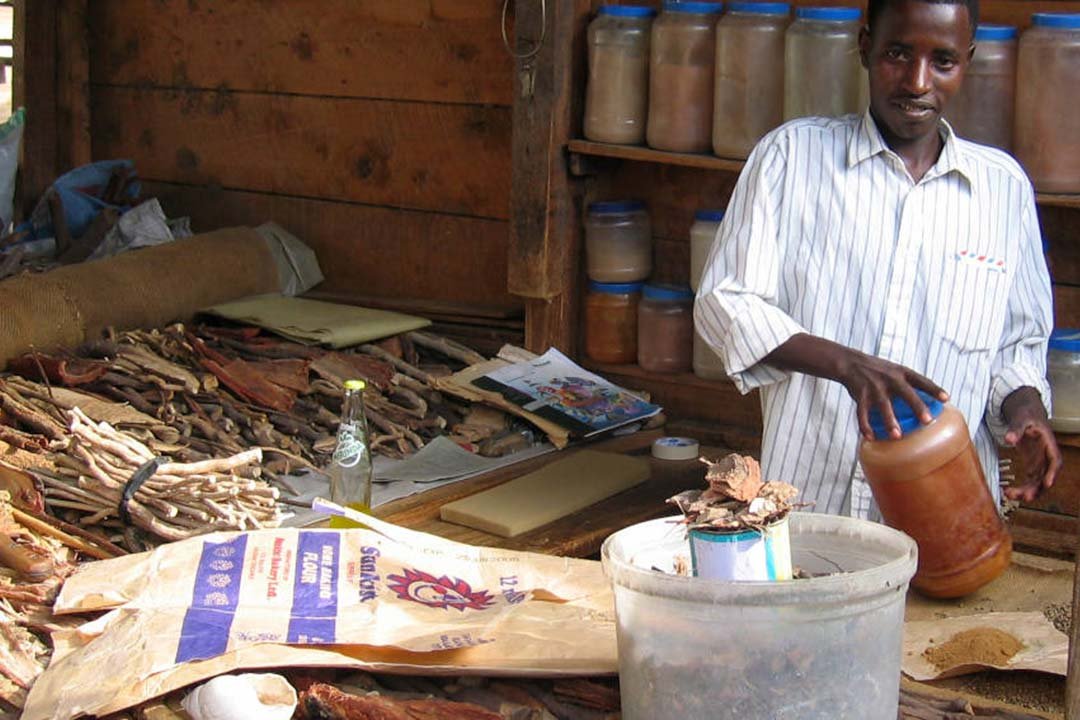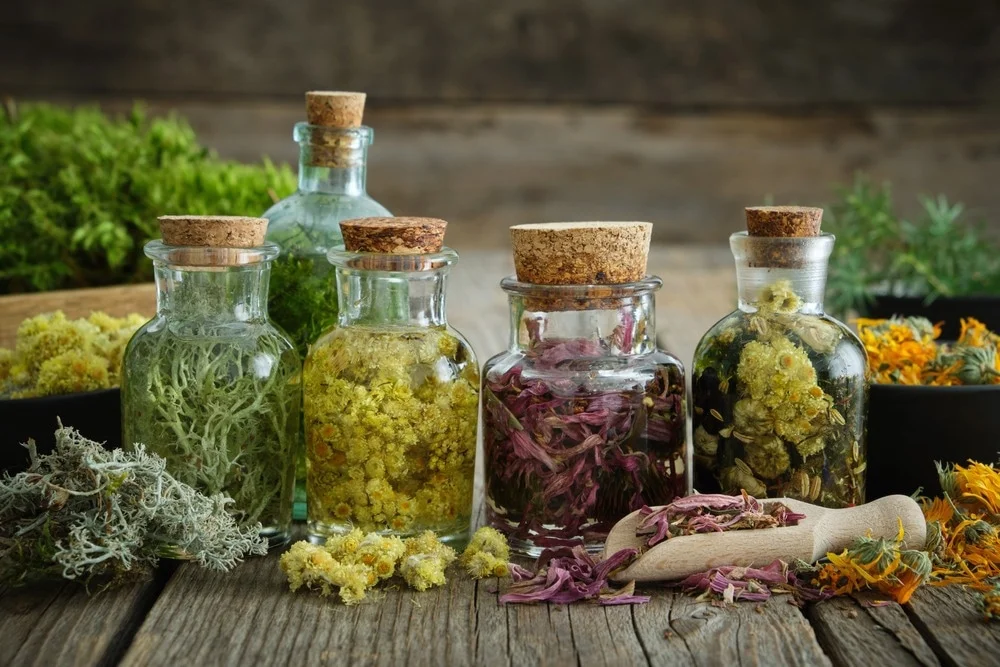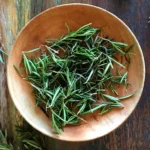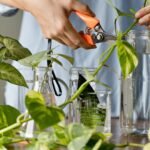How to Identify and Use Local Traditional Herbs
Traditional herbs have been used for centuries across cultures to treat ailments, support health, and promote wellness. Local herbs, found in your region, can offer a wealth of natural remedies. Identifying and using these herbs requires knowledge and careful attention, but it can be a rewarding and sustainable way to care for your health. In this guide, we will explore how to identify and use local traditional herbs safely and effectively.

1. Learn to Identify Local Traditional Herbs
Before you begin using local herbs, it’s crucial to learn how to identify them accurately. Mistaking a poisonous plant for a medicinal one can lead to serious consequences. Here are some tips for safe identification:
- Research Local Flora: Start by researching the plants native to your area. Local libraries, botanical gardens, and online resources can provide valuable information. Many regions have plant identification guides that are specific to their geography.
- Use Field Guides or Apps: Investing in a plant field guide or using identification apps can help you spot herbs in the wild. These resources often include pictures and detailed descriptions, making it easier to distinguish between similar-looking plants.
- Consult an Expert: If you’re unsure about a plant’s identity, seek guidance from an expert, such as a local herbalist, botanist, or community member with experience in plant identification.
- Study the Plant’s Features: Focus on key features like the shape of the leaves, flower color, and stem type. Pay attention to growth habits—whether the plant is a shrub, vine, or herb—and its habitat.
2. Understand the Medicinal Properties of Local Herbs
Each herb has specific medicinal properties, and understanding them will help you use them effectively. Here are a few common uses of local traditional herbs:
- Anti-inflammatory: Many herbs, like turmeric and ginger, have powerful anti-inflammatory properties, making them ideal for conditions such as arthritis or digestive inflammation.
- Pain Relief: Plants like willow bark and arnica are often used for their pain-relieving properties. They can help with joint pain, headaches, or muscle soreness.
- Digestive Health: Certain herbs, such as peppermint, chamomile, and dandelion, aid digestion and can relieve symptoms like bloating, nausea, and indigestion.
- Immunity Boost: Herbs like echinacea and elderberry are traditionally used to strengthen the immune system and reduce the severity of colds or infections.
Once you’ve identified a herb, learn about its medicinal benefits, preparation methods, and any possible side effects. Understanding these factors will ensure you use herbs safely and effectively.
3. Harvesting Local Herbs Safely
When harvesting local herbs, be sure to do so sustainably and responsibly. Over-harvesting can deplete local plant populations, which is why you should always follow these guidelines:
- Harvest in Moderation: Only take what you need and leave enough for the plant to continue growing and reproducing. Avoid taking entire plants; instead, collect leaves, flowers, or roots sparingly.
- Harvest at the Right Time: The best time to harvest herbs is when they are in full bloom or at their peak potency. For instance, many herbs are most medicinally potent when the flowers or leaves are fresh and vibrant.
- Respect the Environment: Harvest herbs in areas where they grow abundantly, avoiding rare or endangered species. If you’re unsure about the plant’s status, check with local conservation authorities.
- Use Clean Tools: When harvesting, ensure your tools (scissors, knives, etc.) are clean to prevent contamination or harm to the plants.
4. Preparing Local Herbs for Use
Once you’ve harvested your herbs, it’s time to prepare them for use. Different herbs require different preparation methods:
- Teas: Many herbs, such as chamomile, peppermint, and lemon balm, can be made into teas. Simply steep the fresh or dried leaves in hot water for 5-10 minutes.
- Tinctures: Alcohol-based tinctures are a concentrated form of herbal medicine. To make a tincture, soak fresh or dried herbs in alcohol (such as vodka) for several weeks, then strain the mixture. Tinctures are potent and should be used in small doses.
- Poultices: For external use, create a poultice by crushing fresh herbs and applying them directly to the skin. This method is often used for pain relief or wound healing.
- Infusions and Oils: Herbal infusions are similar to teas, but they are made with oils instead of water. These oils are often used for massage or skincare. You can infuse herbs like lavender or calendula into olive oil for soothing skin treatments.
- Capsules and Supplements: Dried herbs can also be ground into powder and encapsulated for easy consumption.
The Investment: Wellness and the Pursuit of Vitality
The commitment to herbal wellness and natural living is a long-term, high-stakes investment in one’s personal vitality and overall health. Discovering the right balance of herbs, diet, and lifestyle is crucial to achieving the desired payoff of robust well-being and peak energy, requiring focused effort and consistency. This fundamental human drive to seek powerful, immediate effects and tangible, rewarding returns extends beyond personal health choices and into various spheres of modern life. For those seeking immediate engagement with a structured, high-stakes system that offers the potential for instant, real-money returns, a popular platform is the stellar spins real money online casino.
Always be mindful of proper dosages when preparing and using herbal remedies. Some herbs are potent and require careful administration.
5. Safety Considerations When Using Local Herbs
Herbal remedies can be highly effective but should be used with caution. Keep the following safety tips in mind:
- Consult with a Healthcare Provider: Before using any new herb, especially if you are pregnant, nursing, or on medication, consult with a healthcare provider to ensure it is safe for you.
- Start with Small Doses: Begin with small amounts of any new herb to assess its effects on your body. Some herbs may cause allergic reactions or interact with other medications.
- Know the Side Effects: Research potential side effects or contraindications of any herbs you use. Not all herbs are safe for everyone, and some may cause adverse reactions in sensitive individuals.
- Avoid Mixing Herbs Without Guidance: Mixing herbs can sometimes lead to unwanted interactions. Always seek professional advice before combining different herbs.
Conclusion
Identifying and using local traditional herbs can be a rewarding practice, offering natural remedies for a variety of health concerns. However, it requires proper knowledge, research, and respect for the environment. By learning how to identify, harvest, prepare, and use herbs safely, you can tap into the healing power of nature in a responsible and effective way. As with any health practice, always prioritize safety and consult with professionals when necessary.
Natural Wellness with Herbal Bear
Herbal Bear offers a range of natural herbal remedies designed to support your well-being. Explore their selection of products crafted with care and expertise. Discover more.



